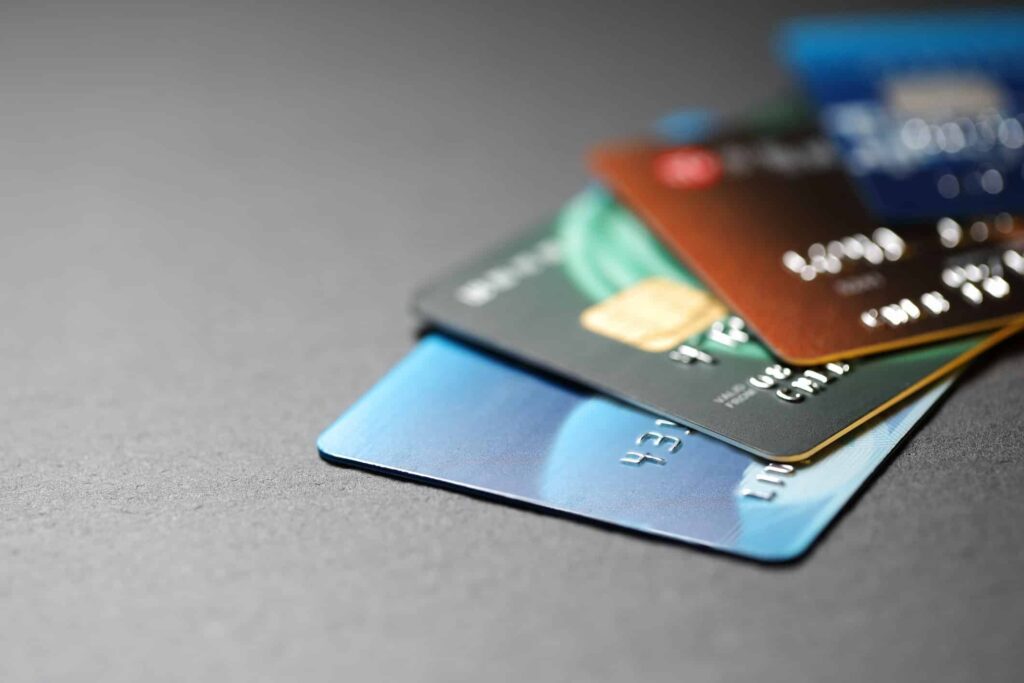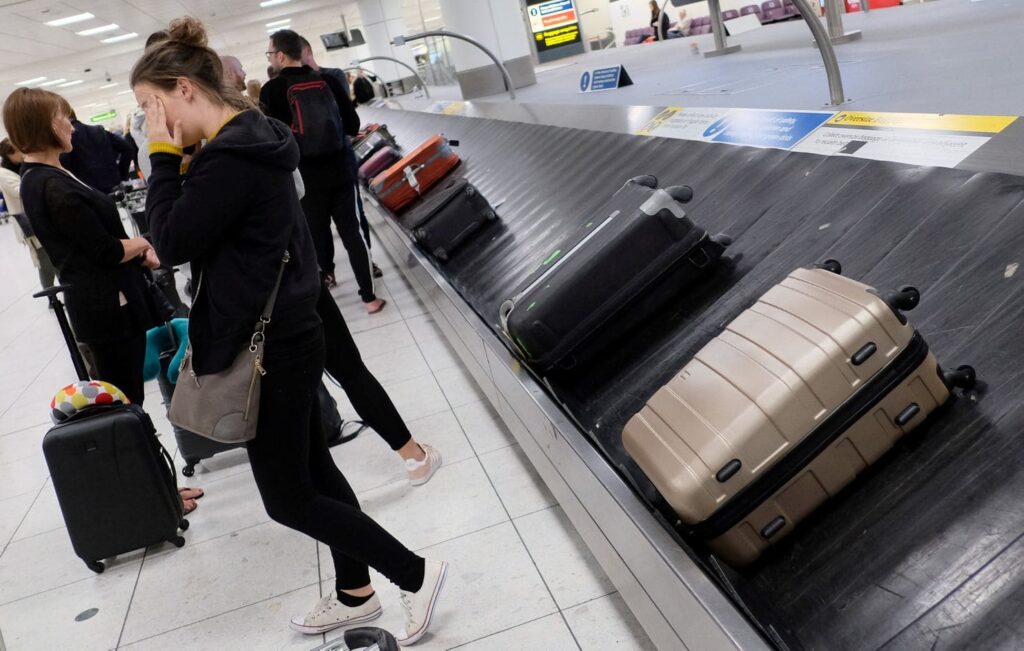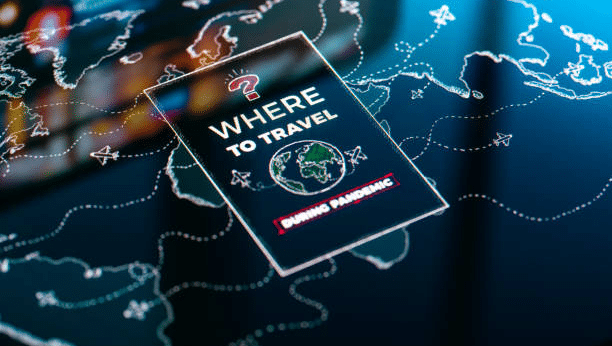In this post, we will reveal what type of payment is better when traveling in Europe. So the main question remains. Should I use cash or payment cards, or both?

Should you use Cash or Payment Cards for your European Vacation?
A trip to Europe can be one of the most memorable journeys of your life. But the last thing you want to do is to spoil your journey by finding yourself unable to pay for dinner or a train while you’re there.
While putting most expenses on your card is fine, carrying some cash for emergencies is always advisable. Being prepared can help you avoid a lot of trouble and save time. Time is money.
Key points:
- European travelers should always have some cash on hand; getting it from an ATM abroad is usually the easiest, most practical way.
- If you need cash from an ATM, using a debit card is usually better because credit cards often charge a high interest rate for cash advances.
- Major credit cards are generally accepted, especially in cities. Check with your card issuer about foreign transaction fees and currency exchange fees.
- Unlike the U.S., European credit card machines usually require a PIN.
- Contactless pay systems like Apple Pay are increasingly common.
Don’t Expect to Get Too Far Without Cash
In Europe, you can buy a lot with a credit card. But don’t expect to get far without a bit of cash —particularly if you’re a tourist. Transportation services, such as taxis and buses, often require local currency.
Only bother to load up on cash after your flight. Once you arrive, you can visit an ATM and withdraw euros or other local currencies. With a conversion fee between 1% and 3% and sometimes a nominal transaction charge, ATMs can be one of the cheapest and most convenient ways to get cash, though you might want to check out local currency exchange bureaus to compare rates.
If you have more than one bank account, compare the different international ATM fees beforehand and choose the most economical one.
Alert: Avoid using credit cards for cash at ATMs. Most card issuers treat ATM withdrawals as cash advances—meaning you’re also paying a higher interest rate than ordinary foreign transaction fees.
Tips for Using a Payment Card Abroad
Many businesses, particularly those that cater to travelers or are in cities, accept credit cards. Carrying plastic also eliminates pain if your wallet is lost or stolen. Pickpockets are common in most European cities and are skilled at identifying tourists.
MasterCard and Visa are among the most commonly used payment networks in Europe. American Express, Discover, and Diners Club are less widespread, though some merchants will take them. Some cards also offer travel perks or cash rewards, so it’s worth researching to find the best credit cards for your needs.
You can use your credit card to get cash at an ATM, of course (and you may have to if your bank card doesn’t participate in an overseas network). However, this should be a last resort: a credit card withdrawal will be considered a cash advance, usually with higher interest rates than ordinary purchases. In addition, check with the card issuer (or dig out your terms and conditions paperwork, if you can find it) to see if there’s a transaction fee for foreign purchases or a currency conversion fee. They add up.
Some vendors now allow you to pay with your card in the local or your home currency (dollars or whatever). Paying with your money can avoid that foreign transaction fee. If your card doesn’t charge one, you should carry local cash.
Assure Your Card Will Work
It’s also essential to realize that Europe’s credit card technology is advanced, often using chip-and-PIN software. The cards have an embedded chip that helps validate their physical presence and legitimacy. Rather than signing a receipt, cardholders usually enter their four-digit PIN code to complete the transaction.
Tip: Remember to notify your bank that you will be traveling overseas. Many banks have enhanced their fraud detection protocols. If they notice suspicious activity, such as an ATM withdrawal in Venice when you’ve never been there, they could deactivate your card out of caution.
Going Digital
With payment apps such as Apple Pay, Google Pay, and PayPal, Europe is accelerating. Instead of inserting your credit card into a machine, you hold your phone near a contactless reader (look for a Wi-Fi-like logo). The app then uses your fingerprint — or even your face — to verify your identity and authorize the payment. While this may sound risky, it’s more secure than a credit card. Instead of recording your credit card number, a “token” — a one-time encrypted number — is used to make the purchase and expires shortly afterward. And you don’t have to worry about curious eyes watching you as you enter a PIN.
Some public transit systems, such as the London Underground, have integrated their payment machines with mobile phone apps, making riding the bus or taking the subway even easier.
However, banks in some countries—such as Germany and the Netherlands—may be slow to adopt these systems, and older phones may not support contactless payments, so it’s not time to give up on plastic yet.
Optimal combination when traveling to Europe
Most international travelers will use a combination of cash and cards when visiting Europe. While credit cards are accepted in most situations, currency can be more convenient for public transportation and small vendors. It’s also wise to carry an emergency fund with enough cash for a few days in case your card gets lost or stolen.
What Is the Most Common Credit Card in Europe?
Visa, Mastercard, and Eurocard are widely accepted throughout Europe, and American Express is usually accepted in tourist destinations.
Will My Bank Card Work in Europe?
Debit cards with a Mastercard or Visa logo are widely accepted in Europe. Most banks charge a foreign transaction fee and a currency conversion fee, so double-checking these costs before departure is worth it. It would help to inform your bank or card issuer about your travel plans in advance, or else they might flag some of your overseas transactions as potential fraud.
Ten tips for managing cards and cash abroad
- Advise financial institutions of travel plans to avoid triggering fraud, theft, or unusual activity alerts. Some cards need to be activated for use abroad.
- Set payment cards to ‘on’ where needed outside the home country.
- Bring multiple payment methods on a trip, including cash in an amount the traveler is comfortable managing.
- Use an ATM locator to get a general idea of the availability of automated machines at the destination.
- Remember personal identification numbers (PINs) for debit and credit cards, or save them securely and unidentifiably. If a foreign ATM prompts for a 6-digit code, enter the 4-digit code and confirm with the enter button (usually green). Contactless payments, like Apple Pay or Google Pay, won’t work in all countries (like Asia), so remembering the PIN code is essential.
- Minimize the number of cash withdrawals by electing to take larger amounts.
- Decide when and where to exchange currency.
- Try to spend all foreign currency abroad.
- Remain alert! Each card swipe exposes you to risk. Be mindful of your surroundings and discreetly examine payment machines for “skimmers” and “shimmers.” These are magnetic strips, thin devices, or other hardware used to steal your banking and credit information.
- We recommend freezing the card activity as soon as possible in case of card loss or theft. Contact your financial institution for support in procuring temporary cards or emergency funds. File a police report as soon as possible.
Note: You might also be interested in our related article – What you should do when you lose your luggage
Final words
Credit, debit, cash, digital…Your payment choices when traveling to Europe are almost as plentiful as places to visit. The bottom line? Consider the different situations you’ll find yourself in and plan accordingly. Plus, choose options that are secure and avoid fees, and you’ll be all set for an unforgettable journey.



